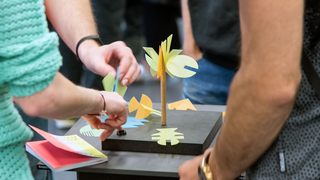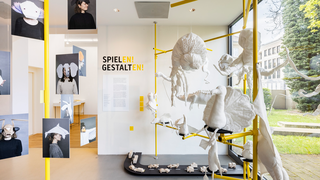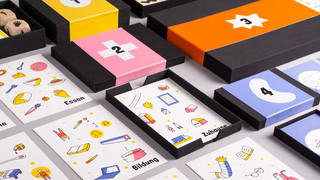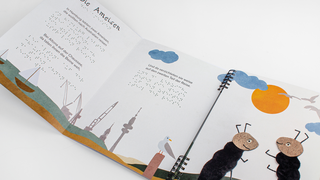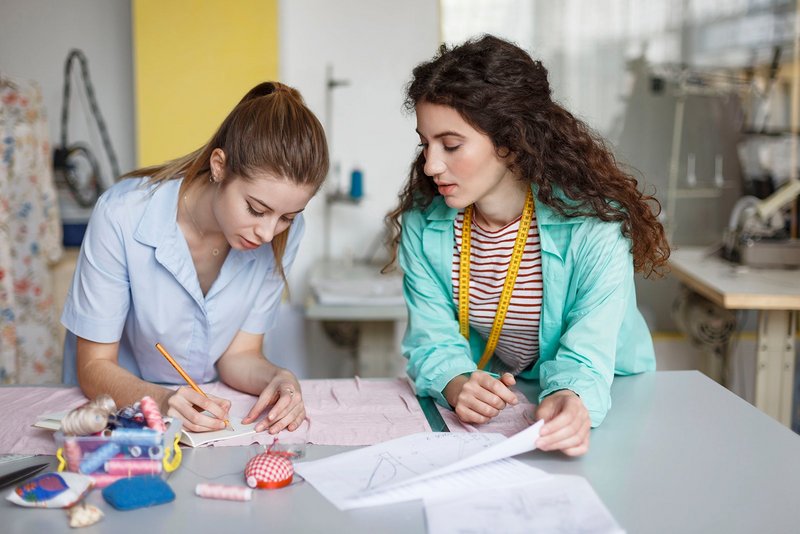
The creative castle for the design of playing and learning
Studying at Burg Giebichenstein University of Art and Design Halle
By Ulrich Texter
If you want to study art or design in Germany, you will come across a large number of excellent art and technical colleges, academies and universities. When it comes to the design of playing and learning, however, Burg Giebichenstein University of Art and Design has a unique selling point. Is there no way around studying in Halle if you want to learn the tools of toy design?
Philosophers have always interpreted the world in different ways. For the founder of materialist epistemology, the most important thing was to actually change it. The result is well known. With their visionary approaches and reformist ideas, the concept of theory and practice as a unity, three German “design schools” also wanted to change the world for the “better” at the beginning and middle of the last century. Among them was today’s Burg Giebichenstein University of Art and DesignHalle, which was to change its name eleven times in the course of its history – be it due to political pressure or in view of reforms regarding content. However, the aspiration to educate people with a different consciousness still seems to exist in Halle.
From a crafts school to a university

The Burg, as the university is also called, emerged from the former School of Crafts and Applied Arts in 1915. It has defied all historical storms. The Bauhaus, on the other hand, founded in 1919, and the Ulm College of Design, founded in 1953, have long provided material for historians. The founder of the school of crafts in Halle, Paul Thiersch, regarded the Bauhaus as a direct competitor, because the ideas of the two schools were similar. Both relied on studios and workshops with first-class equipment; both placed great emphasis on a broad and basic education and modern pedagogical concepts; both sought to combine art, craft and design. After the Bauhaus relocated, a number of its adherents moved to Halle. Among them were Gerhard Marcks and Marguerite Friedländer.
Becoming a designer with projects
Experimental practice is still at the core of the teaching today. This requires not only an artistic bent but also the acquisition of manual and technical skills and abilities. “What we want,” says Karin Schmidt-Ruhland, “are mature, independent students who really know what they want and have a yen for design. That’s why everyone who applies also has to demonstrate their work experience during the entrance exam, whether it’s at a woodworking or carpentry workshop, with a goldsmith, a model-making company or a sewing shop.”
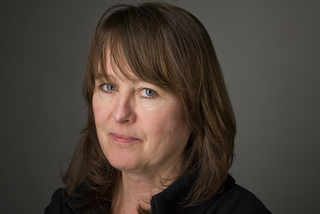
Karin Schmidt-Ruhland has been teaching the design of playing and learning in Halle since 2007. The Master’s programme is called the Design of Playing and Learning. In addition, the degree programme requires prospective designers to translate their designs into concrete models all by themselves. “That’s what is special about the Burg and always has been: its very well-equipped workshops,” Schmidt-Ruhland adds. The design degree programme takes the form of projects, rather than lectures. Last year, the go-ahead was given for a 3,000 m2 large new building for studios and workshops. This shows that, despite all its historical trials and tribulations, the castle (‘Burg’ is the German word for castle) also stands for continuity and constant orientation towards new demands.
One of the top-ranking art schools
In retrospect, the Bauhaus is often described as the most important and most influential school of design of the 20th century and the “elite forge of modernism”. Many of its artefacts are cult objects today, and it’s hard to imagine a bourgeois ambience without them. Nevertheless, by no means does the castle need to hide its light under a bushel, as Karin Schmidt-Ruhland believes. “The castle has never flown under the radar of attention,” says the university lecturer. “Even in East Germany, it was something special, and it’s one of the top three art colleges in Germany. What sets it apart is that it offers a unique programme, a great basic education and a huge variety of courses.”
Unique education
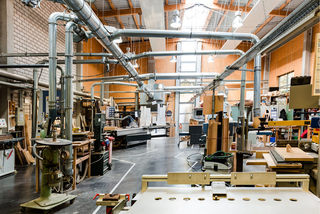
There’s no question that the Department of Design, with its five degree programmes, is the only one that offers the design of playing and learning as a major. And it’s also true that, in 2013, the School of Art and Design Halle was ranked the best German university in the worldwide design ranking of the renowned Red Dot Design Centre.The castle, under its rector Erwin Andrä, introduced the subject of toy design, which is now called the Design of Playing and Learning, as early as 1965. The former director of the Sonneberg Toy Museum believes she knows the reason for this innovative step, as she explained years ago in a conversation about toys from East Germany on the German radio channel Deutschlandfunk Kultur: “It seems to me to be particularly important that, in East Germany, when it came to the education of toy design, of designers, a lot of emphasis was placed on the fact that toys had to be pedagogically effective. So they had to be well designed.” Karin Schmidt-Ruhland also wants to educate people with a “different consciousness” and promote free play.
The route to a place at university
With over 20 fields of study in art and design and around 1,000 students, the Burg is one of the largest universities in Germany. Around one third of the students study art, two thirds design. Students who decide to study for a bachelor’s degree in design must first pass an entrance exam, which is now taken online. Prospective students must provide proof of their university entrance qualification and a preliminary internship as well as submit their CV and a portfolio with around 20 samples of their work. But even those who don’t have a university entrance qualification or who attend at least the 11th grade at a grammar school or university of applied sciences have a chance to get one of the rare places on the degree course. In these cases, they have to prove their artistic talent, which must be reflected in various points in the assessment of their application documents. The preliminary examination is followed by a second selection phase. Possible candidates are invited to Halle to provide final proof of their aptitude within the framework of an assignment and an interview.
From the basics to lifelong learning
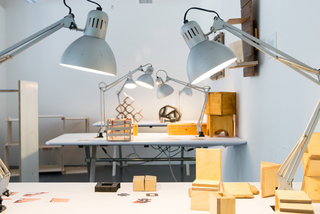
The design degree is divided into three phases. “In the first year of study, we teach the students of all courses of study in an interdisciplinary manner,” says Karin Schmidt-Ruhland. “We teach them the basics of design, regardless of whether they’ve chosen industrial design, product design or the design of playing and learning.” The principles of design are characteristic of the first semesters. Schmidt-Ruhland focuses on “systematic design exercises”, including classic games. This is less about optimisation and more about the “skills” of a designer so that he or she, as she says, “always remains capable of acting in the design process”. In the second year of study, complex design follows on the basis of given themes. “There are four pillars that I have formulated as a learning concept: play spaces, play objects, play actions and lifelong learning.” In the eighth semester, students do a Bachelor’s thesis as part of a given project. This can be followed by a Master’s degree. Students also need to apply for the two-semester postgraduate course. However, if students from other disciplines are aiming to do a Master’s in the Design of Playing and Learning, then four semesters are usually compulsory. The two Master’s semesters consist of a tutorial and the actual Master’s thesis, among other things. In addition, a three-month internship in a company or design office is also compulsory when applying, which leads many students to work for renowned companies such as Haba, Sigikid or Goki.
The castle opens up many perspectives
Despite the concentration processes in the toy industry, the number of applications for the Design of Playing and Learning degree is still high. “Their prospects after graduation are good and not only in the toy industry,” says Karin Schmidt-Ruhland, “because we’re basically concerned with design and not only with play products.” Those who graduate from the Burg also end up in architectural practices and exhibition offices, among other places. For all those wishing to take the leap into self-employment or to found a start-up, the school of art and design, with its start-up centre, offers attractive conditions for one to three years to help them get started. This also includes the fact that they are allowed to use the workshops. And there is something else that’s special about choosing the Burg: while student (night) life in metropolises like Berlin takes place in clubs, the campus is also a hub for get-together parties. In a party-city ranking for medium-sized cities, Halle was recently awarded first place among night owls. So studying the design of playing and learning seems to be worthwhile in this respect, too.
Study programme of the Industrial Design Bachelor's degree course
Design of Playing and Learning
Professorin: Karin Schmidt-Ruhland , Professor of Design of Playing and Learning
Teaching language: German
Course description:
Play and Learning Design in the Bachelor's degree programme Industrial Design.
1st & 2nd semester: Introduction to design and design fundamentals
3rd & 4th semester: Methodical design exercises and design sciences
5th & 6th semester: Project work supplemented by excursions into practice & interdisciplinary research:
Introduction to psychology, pedagogy, didactics, game theory & history.
Completion of the programme with a Bachelor's thesis.
Application to the Bachelor's programme: The 8-semester Bachelor's programme begins in the winter semester. A study information day takes place in January. The entrance examination takes place in March.Online registration via the application portal from December 2023 - March 2024 for the winter semester 2024/2025.
About the author
Ulrich Texter made writing his profession after studying psychology and philosophy at the FU Berlin. He has a preference for literature, jazz music and design. For more than 20 years, he has accompanied the toy industry as editor-in-chief of the trade magazine planet toys. You can sense his penchant for design when he looks at small gems of the toy industry. True to the motto "We can also do things differently", he creates small cultural oases in Bad Iburg as an honorary cultural impresario with the Ostenfelder Leseherbst and the children's literature prize "Schlossgeschichten".


